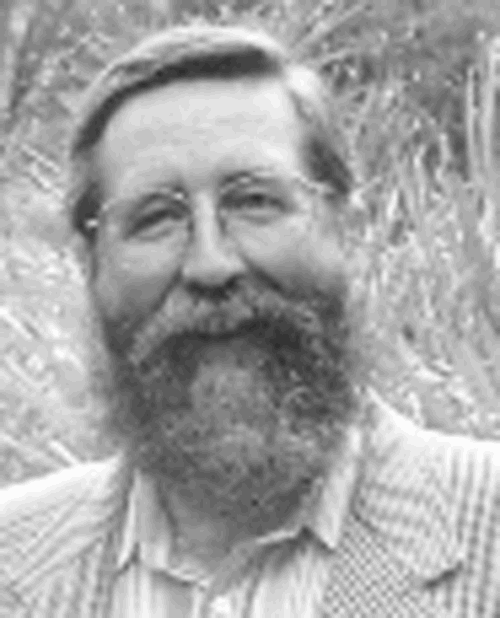
Selected articles from the 44th Annual Conference of The Australian and New Zealand Architectural Science Association 2010. Held at Unitec Institute of Technology, Auckland, New Zealand.
This issue of Architectural Science Review is the third in recent times to feature articles presented at the most recent conference of the Australian and New Zealand Architectural Science Association (ANZAScA). The conference was held in the Departments of Architecture and Landscape Architecture at Unitec in Auckland, New Zealand in November 2010 and featured over 75 articles, including many written by research students and junior academics.
The articles presented in this issue do not represent any particular theme other than the demonstration of the diversity of interests now represented within the field of architectural science. Three articles focus on the luminous environment in buildings, including the modelling of solar penetration and daylight as well as a post-occupancy evaluation of the lighting quality of sustainable buildings. Another three address issues related to energy efficiency and thermal performance of buildings, including the cost effectiveness of thermal improvements and the relationship between human behaviour and perceptions, thermal comfort and energy efficiency measures. Also featured are articles exploring the use of social networking software in design, architectural photography and the modelling of pedestrian spatial behaviour.
That topics as diverse as these could be considered for presentation at an ANZAScA conference and published in a journal of architectural sciences demonstrates the strength and quality of architectural science research at the present time. Indeed in most schools of architecture worldwide, it is architectural science that creates the major research output of these schools and accounts for a considerable proportion of their research income. From this it could be assumed that architectural science is alive and well.
While this might be true in the case of architectural science research and post-graduate education, the same cannot be said for undergraduate education. Here it is common to see architectural science in retreat as undergraduate curricula increasingly have become less rigorous in the coverage of technical subject areas focusing more upon architectural history and theory, design and digital graphics. At the University of Sydney, the spiritual home of this journal and the home of the first Chair of Architectural Science worldwide, architectural science has shrunk from occupying 25% of the undergraduate curriculum only a few years ago to around 10% at the present time. In addition, laboratory facilities, long regarded with envy by other schools of architecture, are also under threat with consequences for post-graduate training and research as well. Similar scenarios have already occurred at other schools of architecture worldwide and seem to suggest a reluctance of those in charge of setting undergraduate architectural agendas to either recognize or accept what is happening in the real world. That this should happen at a time when the world of the future will need more technically literate and numerate architects to tackle the challenges of designing for climate change beggars belief.
But it is not a new phenomenon as the following quote suggests:
each [design] problem must be conceived as a teaching device to: instil new facts and principles; organise and apply all knowledge and principles thus far gained; and establish a modicum of reality to prepare for smooth transition into office practice.
Unfortunately, the achievement of these goals is hampered by an apparent belief that the mere taking of any problem suffices to obtain these ends. Consequently, it cannot be too strongly emphasised that each problem is an exercise in the application of certain definite facts and principles, and skills, in other words, the content which the problem is intended to illustrate. It is here that so much design teaching is remiss in its failure to satisfy the basic demands of the learning process. In organising its content, demonstrating its principles, and controlling the learning process, design teaching is perhaps the most backward phase of architectural education. The reasons for this are easy to ascertain. The fear of formulae, the difficulty of discussing emotional criteria, the fallaciousness and special pleading of past theories, the glorification of intuition, and an unfortunate aversion against study and research of such problems on the part of both teachers and practitioners, have left the theory of design and design teaching poorly defined and only partially understood. The results are the easy slogans that ‘one learns to design by designing’ and that ‘designers are born, not made’. If these are true, it is futile to attempt any analysis, control, or refinement of design teaching, but this is a position neither architects nor educators can afford to accept. (Bannister, Citation1954)1
It is current and future students who are being short-changed by this. Perhaps it is time that architectural education began to offer students a choice of educational experiences, one for those interested in history and theory and obtaining digital and other graphical skills, another for those wanting to become pragmatic building designers capable of effectively shaping a more sustainable future. If this were the case students could clearly see what value they are getting for their money.
Meanwhile, architectural scientists must get on with what they do best and engage in the cutting edge research that will ensure the ongoing credibility of the discipline that no amount of Luddite thinking can destroy.
The 45th annual conference will be held at the University of Sydney, November 2011.
Additional information
Notes on contributors
Bruce Forwood
Guest EditorReferences
- Bannister , T. C. 1954 . The Architect at Mid Century , Reinhold Publishing .